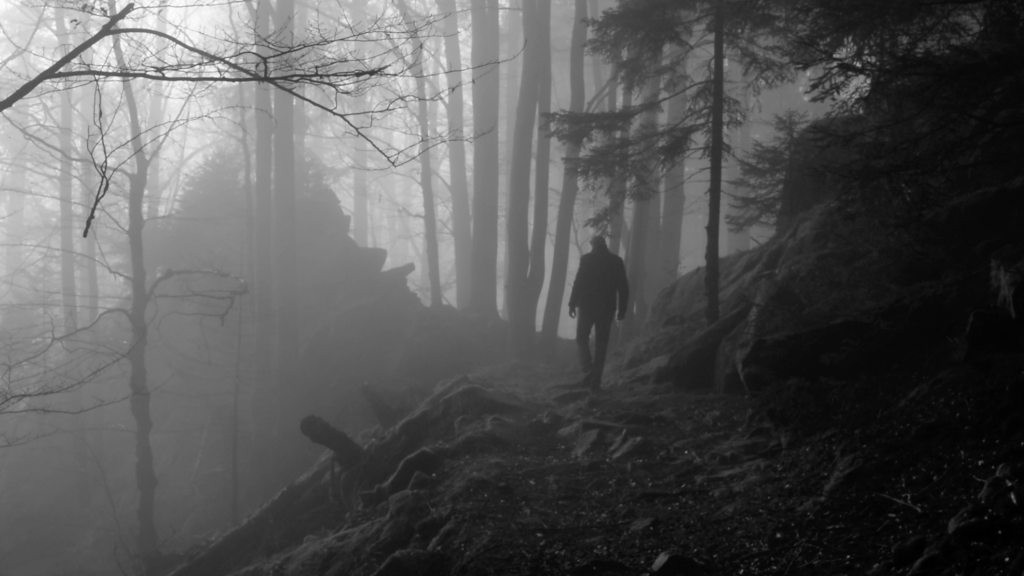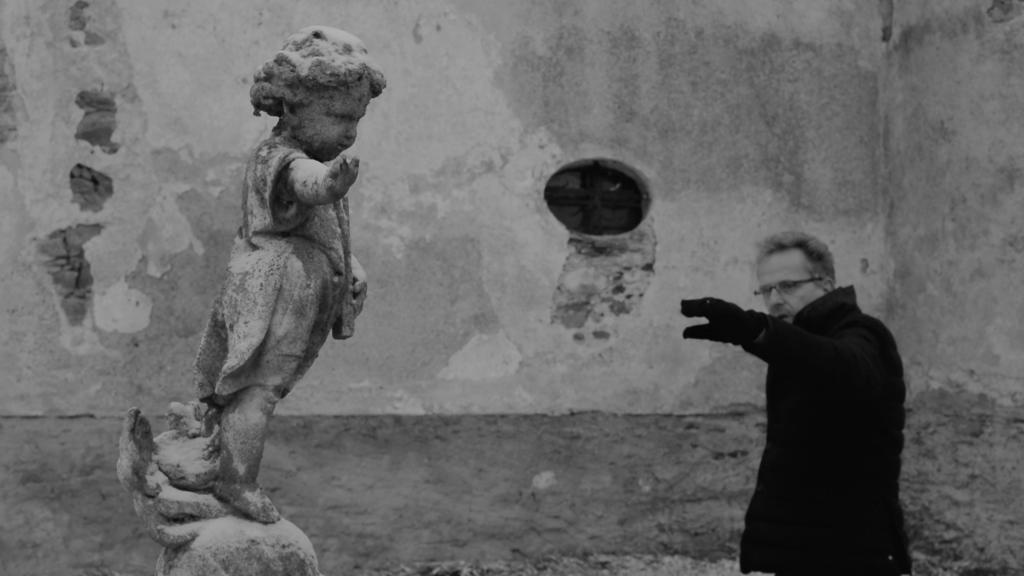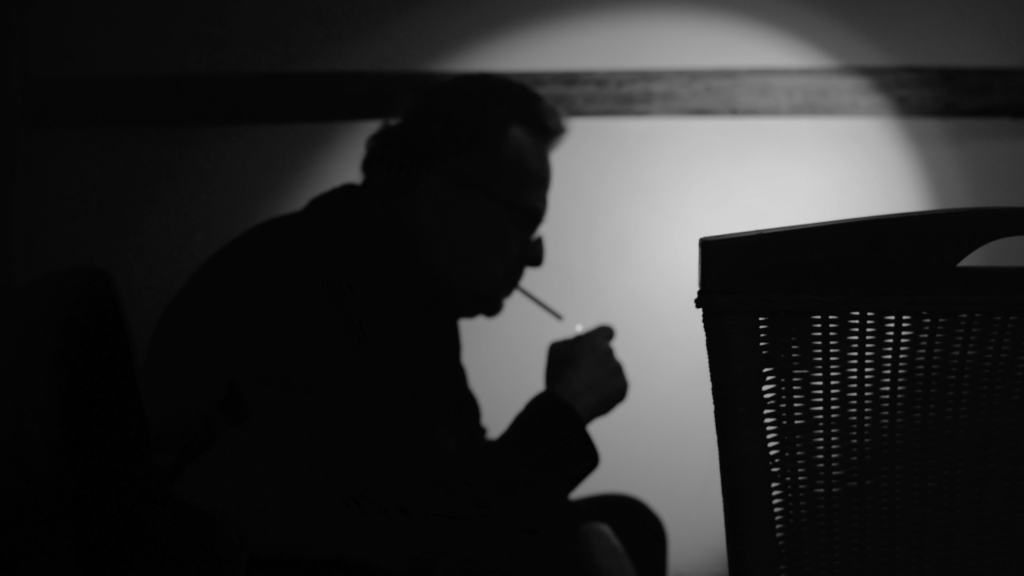Top League
Past events
- 23.10.2022, 14:30 - 17:00, Kino Zamek, Let's Talk Film - Adam Sikora
- 19.10.2022, 18:00 - 09.11.2022, 20:00, INKU Inkubator Sektorów Kreatywnych, Retrospective - Jörg Foth
Filmy poprzednich edycji
- Ah Du jeh, 1988 | 15' | GER
In the 1980s, Foth put on a rock musical with medieval punk bands such as Spilwut and Tippelklimper, which was to be called “Tanzwut”. “Ah Du jeh” was filmed by Foth to get closer to this environment. Spilwut still performs today, Tippelklimper transformed into The Inchtabokatables and Corvus Corax, and nothing came out of the Foth's great rock musical in DEFA.
read more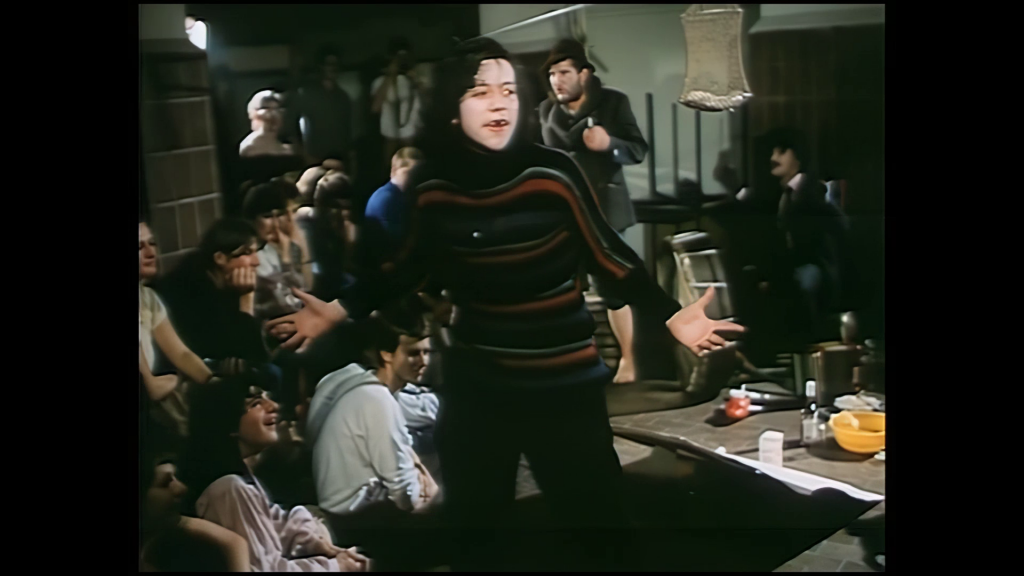
- Die Verweigerung, 1996 | 29' | GER
In the mid-1990s, a television station attempted to recruit eight East German filmmakers for a series on the Blessing from the Sermon on the Mountain. Foth chose the “Silent” (“Die Sanften”) and made the film “Die Verweigerung” (“Refusal”) about a relationship between two men in a GDR prison. Who refuses to whom, when, where, how, and why in this film, surprises and questions hasty reevaluations.
read more - Freund und Helfer auf dem Lande, 1992 | 15' | GER
East Germany was in uniform. The army, the police, battle groups at workplaces, the GST Society for Sport and Technology in schools, civil defence and military training at universities, plus all professions where uniforms were customarily worn made people believe that the country was unsinkable. After the coup in 1990, they just got new uniforms in place of the old ones, and began to serve the new system in place of the old one.
read more
- Rock'n'Roll, 1987 | 20' | GER
Judy is an office clerk, Dean is a plumber. They spend their free time dancing. A dance that the GDR has declared war on. Straddling with reproach was treated as the work of Satan. The Seebrücke restaurant in Ahlbeck said on a sign at the entrance: Studs in studded pants undesirable! But Judy and Dean don't care about this clash of cultures, they have to dance.
read more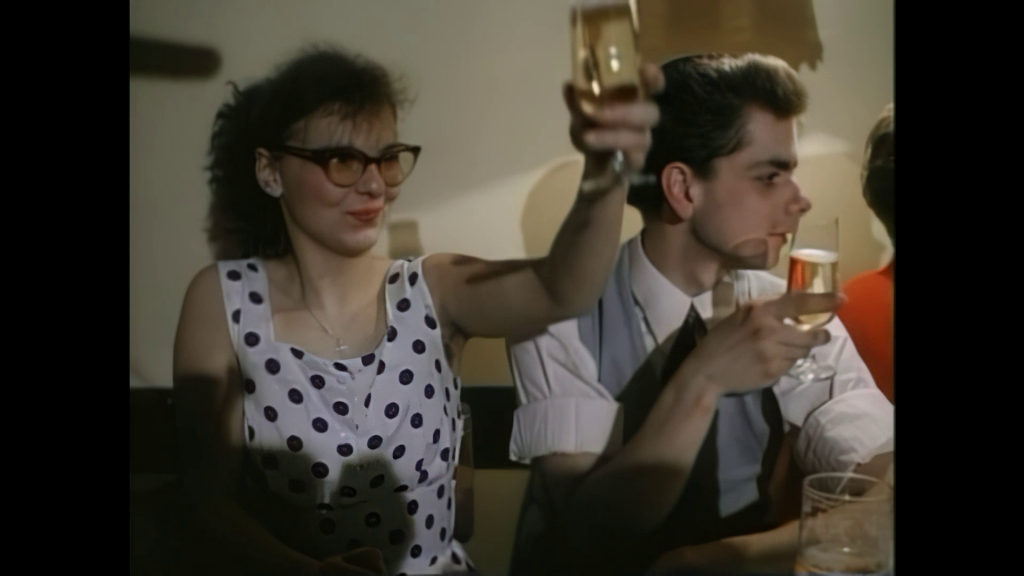
- Sondern erlöse uns von dem Bösen, 1992 | 27' | GER
East Germany was, is and remains an overwhelmingly pagan area. After 1990, a television station tried to recruit seven famous East German authors to get intellectually closer to the pleas of the Lord's Prayer. Jörg Foth portrayed the author Helga Schubert while reading the text she had prepared. The picture is complemented by the views outside the window and the surrounding area. The resulting film hybrid is called by Foth a television prayer.
read more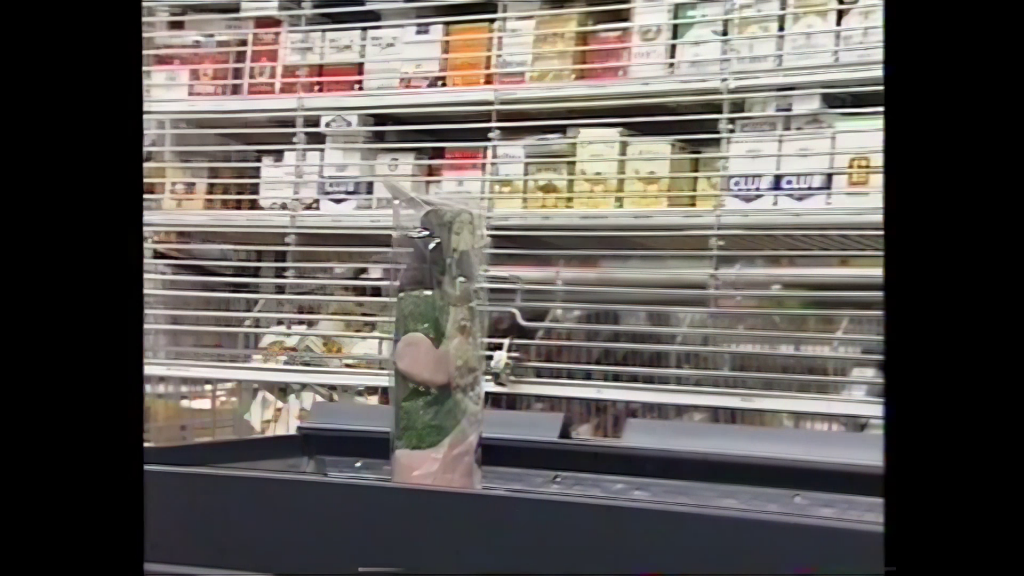
- Wölfelsgrund. Patho Film, 2022 | 80' | POL
The latest film by Adam Sikora is a kind of cinematic experiment, an introspective journey of the protagonist-narrator to the eponymous Wölfelsgrund (Międzygórze) in the Kłodzko Valley. The protagonist, also referred to as a Figure, confronts the place and makes an insight into his inner landscape, which turns out to be a landscape of ruins. The film is also a kind of game, as the relationship between the narrator and the Figure is undefined.
read more